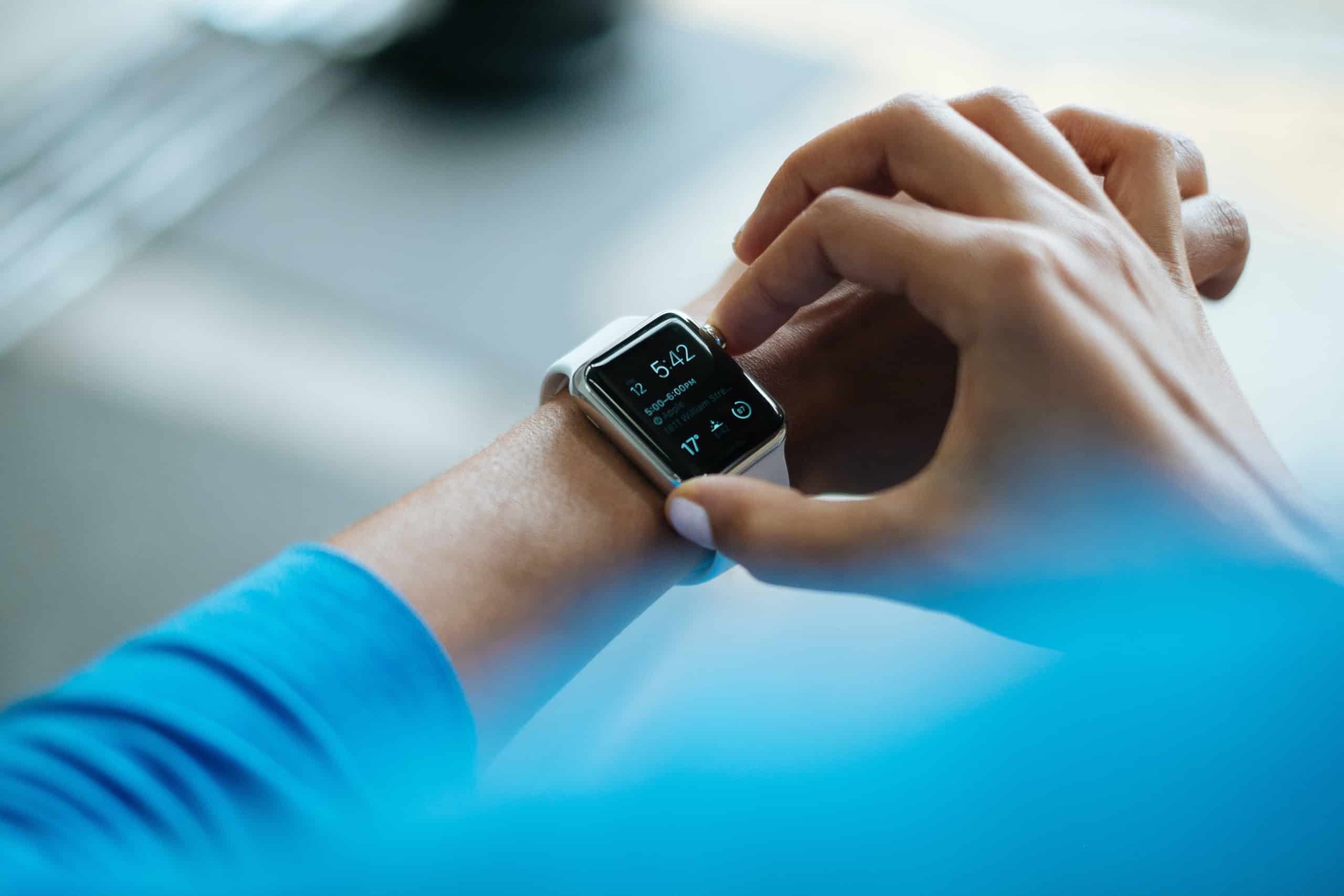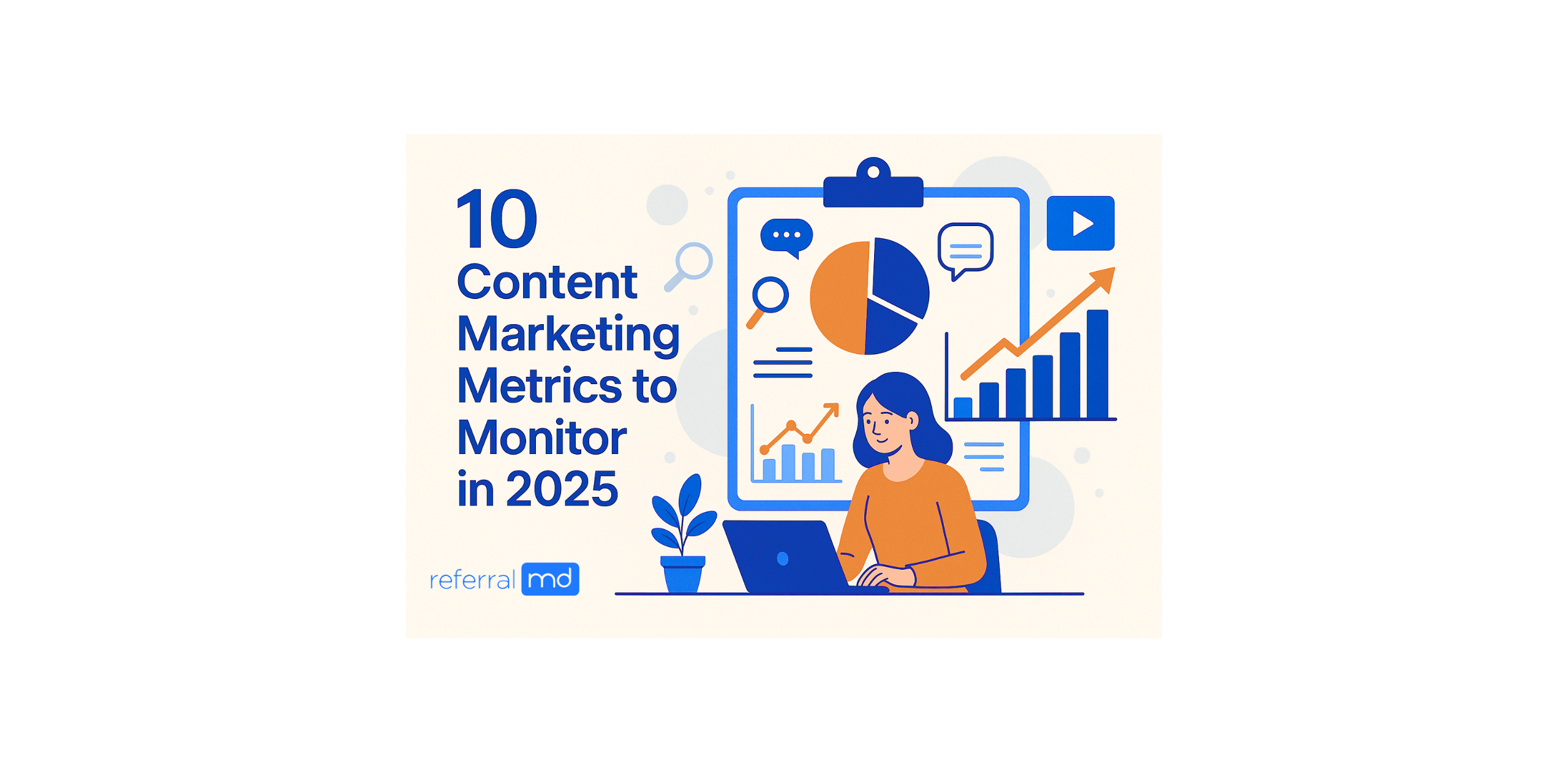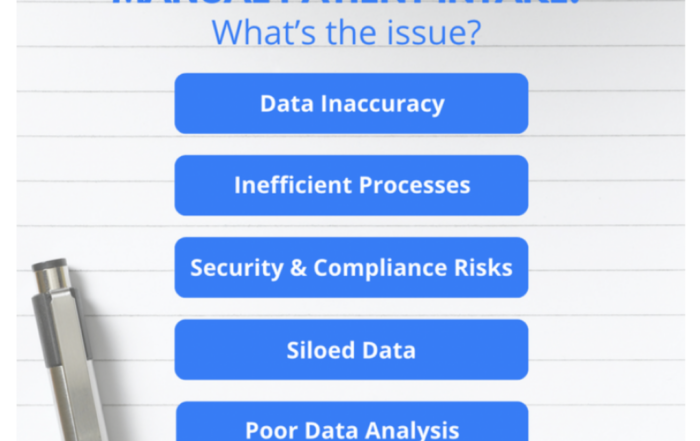The COVID pandemic of 2020 shocked the whole planet with not only a new and frightening illness but with sudden changes to how we function day today. Not only were we suddenly isolated and had to mask up everywhere we went, but simple access to things like restaurants and even some grocery stores became much more complicated. It was a challenging year for all of us, yet it has to be said that there were some definite positives to come out of the enforced changes. For instance, the “new normal” of working remotely is largely seen as a positive for both companies and employees. The “new normal” of the rise in digital health has given the healthcare industry a much-needed makeover.
The speedy growth of digital health is nothing but a good thing, and there are a few things that you need to know about it.

Photo by Luke Chesser on Unsplash
The first thing is that doctors embrace digital, as 80% of them use health-related technology in either their personal or professional lives. The top health technologies are health apps, which over half of the doctors use both personally and professionally; smartwatches, which over 40% use in both areas; fitness wearables, which 35% of doctors use personally, and 54% use professionally; smart gym equipment, which over 30% use in each category; and disease-related devices, which 21% use personally, and 54% use professionally. The majority of doctors also visit health-related websites to gather information.
Another area where doctors use technology is social media, with 90% using social sites and apps for professional use. The most common sites used professionally are Google, YouTube, Facebook, and WhatsApp. Doctors use these venues to communicate with other physicians; share videos with patients; repost messages for professional use and post-professional updates.
One in four doctors is prolific users of health-related technology in their practices. These doctors have a strong belief that embracing health tech will improve patient care by giving patients easier access to health information, enhancing remote care and monitoring, increasing engagement and health outcomes, and empowering creative treatment approaches. Doctors who are high adopters of digital are also much more likely to recommend health tech to their patients. They’re 211% more likely to recommend smart gym equipment, 200% more likely to recommend smartwatches, and more than 150% more likely to recommend fitness wearables and smartphone apps. They’re also more likely to offer valuable digital tools such as online scheduling, in-office kiosks, wearable devices, and digital resource libraries.
Patients are also embracing digital health, and 57% of them are selecting providers based on digital tools in their practice. Patients are encouraged by what digital health tech offers in enabling them to manage their own health better. Patients believe that digital health tech is granting them easier access to their own health records, increasing access to new health information, streamlining appointment scheduling, and improving interactions with physicians.
For patients with chronic conditions, the rise of digital health tech is an even more improvement. For many of these patients, the surge of Zoom doctors visits and other telemedicine practices in 2020 was an excellent thing. In fact, one in three patients with chronic conditions actually prefers telemedicine for routine visits and specific treatments. For those patients who are high digital adopters, that number increases to more than 50%. Twenty-five percent of those with chronic conditions also communicate directly with pharmaceutical companies, and for high digital adopters, it’s over 43%.
Patients with chronic conditions find various digital health and wellness tools valuable, such as condition-related websites, online disease-related resources, links to patient advocacy groups, health-related smartphone apps, and pharmaceutical company or product websites.

Of course, this new and vigorous rise of digital for both doctors and patients means that pharmaceutical companies and their reps must also adapt. During the pandemic, in-person visits by pharma reps fell by 63%, yet physicians find in-person visits to be 2x as valuable as digital communications. Fifty-three percent of physicians turn to reps as a primary source of information, second only to medical journals. The aspects of pharma rep visit that physicians value the most are product samples, information on new products, answers to product questions, support for insurances and access, and materials for patient education. Although physicians find the old methods of visits and communications very valuable, 1 in 3 expect these interactions will be changing within the next 2 years. Pharmaceutical companies and their reps must find creative approaches to accomplish their old tasks in the new ways of the digital world.
Both doctors and patients expect that the rise of digital health is just beginning and that many more changes ahead. Physicians expect to see increases in the use of digital tools in practices in the coming years. For instance, they expect a 35% increase in online scheduling, a 31% increase in secure messaging; a 27% increase in the use of patient portals; a 26% increase in online resource libraries; and a 20% increase in in-office kiosks.
Patients with chronic conditions also expect to increase their use of digital health tools such as smartwatches (12%), smart gym equipment (11%), fitness wearables (10%), smartphone apps (9%), and disease-related devices (5%.)
As many things in our lives are slowly returning to pre-pandemic normals, there are some things that the COVID pandemic has changed forever, and how we do healthcare is one of those big changes. Digital health technologies have been growing for several years, but 2020 gave this sector a huge push in a progressive direction. We may see the return of other normals, like getting together with friends and family and going out to eat again, but we certainly aren’t going to see any regression in our embrace of digital health.
In a year of so many negatives and so much heartache, it’s important to note the things that we can be thankful for. The positive changes we see in healthcare are some of those things. Digital health empowers physicians and patients alike to access information, communicate better, understand more, and ultimately improve and increase positive health outcomes.
Digital health technology is the future of healthcare.










